The Basics of Low Light Photography
Low light photography can take place outside, between dusk and dawn, which is why it’s also sometimes referred to as night photography. It can also occur in other low light environments.
There are many situations that fit this scenario, from taking pictures using a point-and-shoot during an evening on the town to taking landscape shots at dusk. Because photography is all about using light correctly and to the best of your ability, it’s vital to master the basics of low light photography.
Done properly, shooting in low light can present new opportunities to become extra creative as a photographer.
External Flash Is Your Best Friend
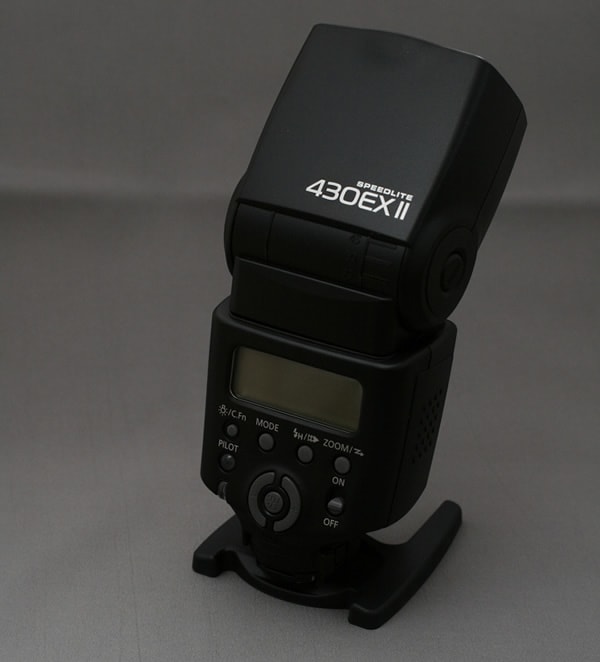
photo by Johannes Gilger
The whole reason that external flashes exist is to illuminate dark scenes and environments, so don’t hesitate to attach this piece of add-on equipment to your camera when in low light situations.
And external flash works best when you are shooting either people or objects. Sometimes, a diffuser can come in handy because it reduces any hard shadows and harsh light that could otherwise make it into the photo and create unflattering images.
Don’t Be Afraid to Increase the ISO
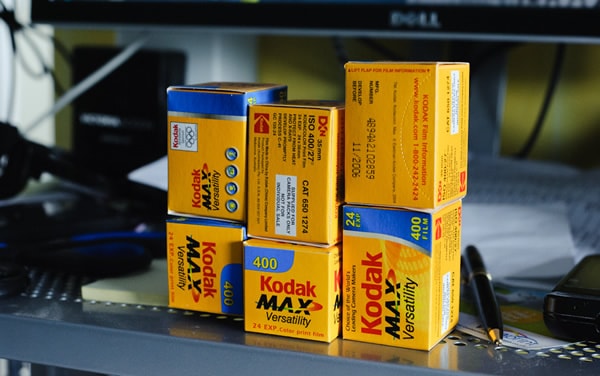
photo by boolve
You definitely want your camera’s ISO to be turned up because, the greater the camera’s ISO number, the more sensitive the sensor of your camera will be to the light making contact with it. Sure, a higher ISO will produce more image noise, but you can efficiently deal with this during post-processing.
However, with the right image, a little bit of additional grain can actually bring some character and personality to the photo. If you want a lot of flexibility during post-processing, remember to shoot in RAW format.
Be Mindful of the Shutter Speed
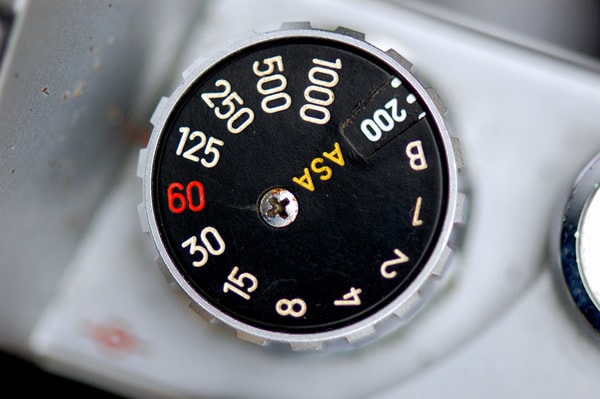
photo by Steve Snodgrass
The longer the shutter stays open, the greater the amount of light that is captured. Shutter speed is the length of time the shutter stays open, thereby permitting light to touch the sensor.
One thing to keep in mind is that the shutter speed must not be slower than one-sixtieth of a second, if you are taking unobstructed, handheld shots. If you want to take a picture of anything slower than that, though, you might want to use a tripod. However, some photographers have experienced success with slower, handheld pictures by simply relying on lenses that featured image stabilization.
Beware the Dreaded On-Camera Pop-Up
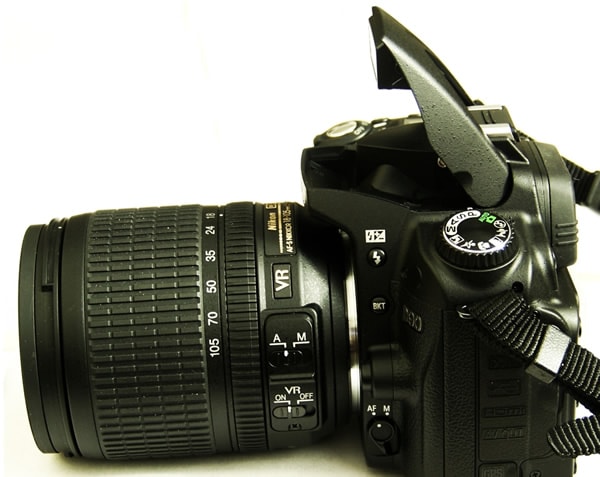
photo by tarunactivity
This is for photographers who absolutely have to use a flash. The on-camera pop-up has a proclivity to flatten the way the image appears since the light makes contact with the subject directly.
To get around this problem and soften the light, simply use diffusers and reflective surfaces. Another option is to purchase an off-camera flash to make sure that the flash doesn’t go off right in front of the subject. If everything else fails, you might want to consider tactically positioned constant light, such as tungsten lamps that utilize only soft, white bulbs.
Constant light is effective at offering extra ambient light without sacrificing the mood of your setting.
The Sniper Approach
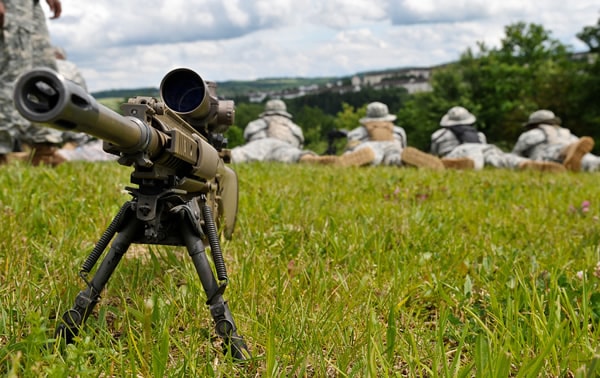
photo by U.S. Army Europe Images
You probably don’t associate low light photography with what a sniper usually does, but there are striking similarities between the two that you should master if you want to take better pictures in low light.
While you don’t have a gun, you do hold a camera, which you can brace against the ground, the wall or any solid object. When you are ready to take the shot, just relax! Relaxing as you hold the camera will let you take effective pictures without interference from a shaking hand.
Some may be tempted to zoom in on the subject, but this is ill-advised. Just before you finally snap the picture, exhale deeply. Carefully press down on the shutter button, and be sure to triple-tap the subject (triple-tapping is taking many shots in short succession). Okay…so your camera is not exactly a high-powered rifle, but treating it as if it were can make a world of difference in the quality of your photos.
Size Does Matter

photo by Nayu Kim
When it comes to the aperture, size does matter. You should use a bigger aperture if you have the chance. The bigger your aperture, the more light that gets into the lens, which is what you want.
For instance, if you shoot at f/5.6, you allow in more light than when you shoot at f/18. Always keep in mind that the lower the number, the greater the aperture.
Various Settings for Your Camera
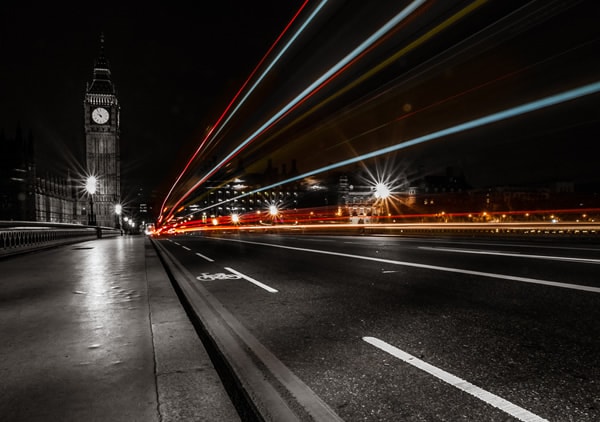
photo by William Warby
Low light photography offers you the chance to take any number of different pictures. For instance, let’s suppose you want to shoot a memorable picture of the city lights. For that task, you’d most definitely have to use a tripod, set the ISO to low, use a medium aperture and settle on a long exposure.
On the other hand, if you wanted to try your hand at something more adventurous—let’s say light painting—then you’d have to use a narrow aperture instead of a medium one. Half the fun of low light photography is trial and error and seeing what works best.
Rain Is Not Necessarily a Bad Thing
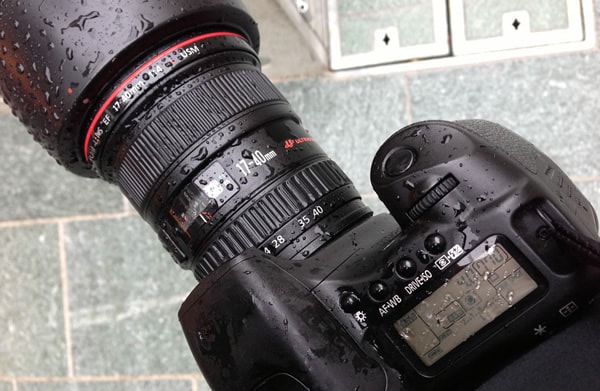
photo by Robert S. Donovan
For some photographers, the rain is intolerable. It gets on your lens and has the potential to destroy your expensive camera, but it’s not all bad. As long as it’s not pouring outside, there is going to be a minimal softening of the image; in addition, your shots will look more dramatic due to the surface reflection.
Of course you should protect your camera even in light rain, but go ahead and try taking a few exposures when some drops land on your lens. You could end up with some really interesting shots.
Incorporate Some Motion in Your Shots
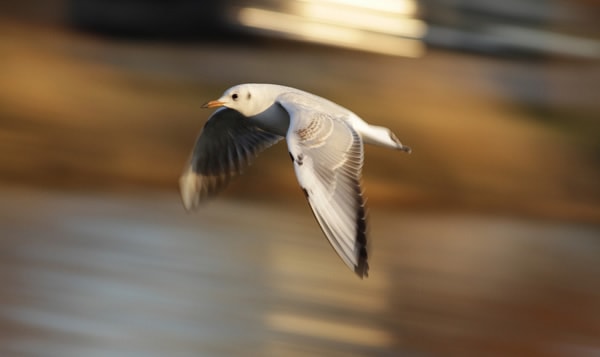
photo by Takashi Hososhima
In any type of lighting, motion plus slower shutter speeds provide photographers with highly interesting terrain to explore. This goes double for low light situations, when there is the additional artistic dynamic of including motion blur in your photos.
In low light situations, motion blur works great for creative effect, whether as just a composited portion of the image or in the whole frame.
Low light photography is famous for its saturated and heavy colors, which can present challenges for some photographers. In spite of these challenges, it is well worth it to perfect shooting photos in low light, as the results will be spectacular once you master this aspect of photography.
With enough patience and practice, even the most challenging low light environments will eventually become manageable, and you will then enjoy bragging rights as someone who can find himself around low light photography with ease.
